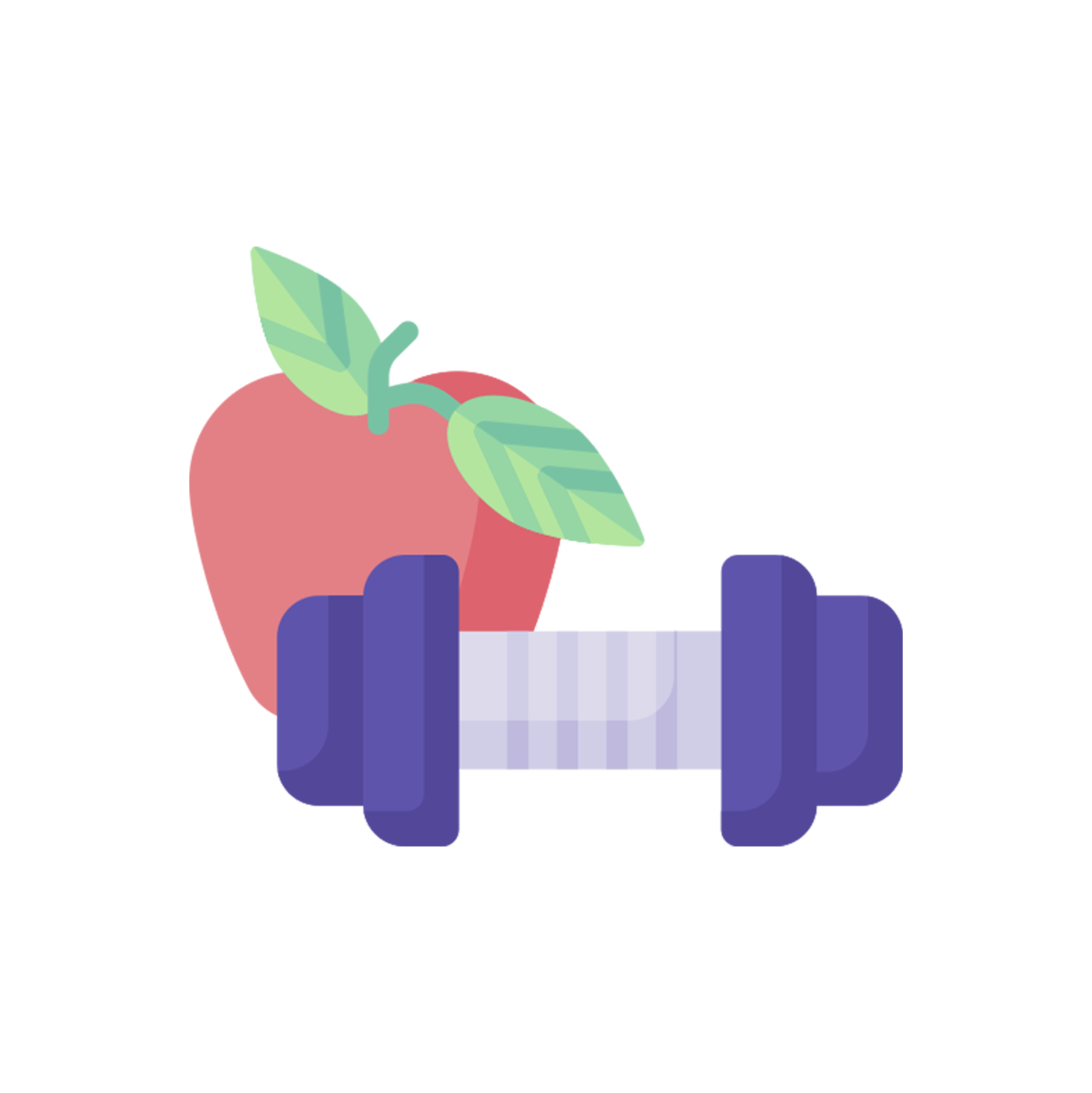Recent trends such as 'Meatless Monday', coupled with growing health and environmental awareness have contributed to the popularity of vegan diet.
If you are familiar with the local restaurant scene, chances are you have come across the Impossible Burger on the menu. The plant-based patty made by the Impossible Foods tastes pretty close to real beef and even 'bleeds', thanks to its iron-rich heme (soy leghemoglobin) component that produces the blood-red color when it cooks.
Vegan meat & carbon footprint
Meanwhile, its rival Beyond Burger delivers the same chewy, beef-like taste that makes great meat substitute for vegans. Both brands maintained that their vegan products are good for the environment and a more sustainable option in the food chain, compared with the emission of the greenhouse gas methane from the livestock industry.
While products such as Impossible Burger and Beyond Burger may taste, smell and look nearly identical to meat, questions arise on whether these products are suitable protein replacement in long-term vegan diets. Notably, these vegan meat substitutes are highly processed food items that are typically high in sodium.
Impossible Burger vs. Beyond Burger
Here's a look of how Impossible Burger and Beyond Burger stack up in the nutrition department for each 4 oz serving of the product:
| Nutrition Facts |
Impossible Burger |
Beyond Burger |
| Calories |
240 |
250 |
| Protein |
19g |
20g |
| Total fat |
14g |
18g |
| Carbohydrate |
9g |
3g |
| Dietary fibre |
3g |
2g |
| Sodium |
370mg |
390mg |
Even though the two burgers are comparable, nutrition-wise, an important distinction to note remains that Beyond Burger is GMO-free. Impossible Burger is made from two main genetically engineered ingredients including soy protein and the heme molecule. This brand is also fortified with a higher amount of vitamins and minerals compared to Beyond Burger.
How to consume natural protein
If you are averse to consuming processed food for your vegan diet, beans and legumes are natural meat substitutes rich in plant-based protein and fiber. Be sure to consume a wide variety of beans such as chickpeas, black beans, and lentils because the beans do not contain all the essential amino acids on their own.
Sources:
© Cigna Healthcare 2023
Information provided in this article is intended for health and fitness purposes only and is not intended for use in the diagnosis of disease or other conditions, or in the cure, mitigation, treatment or prevention of disease (see Terms & Conditions for details). Any health-related information found in this article is available only for your interest and should not be treated as medical advice. Users should seek any medical advice from a physician, especially before self-diagnosing any ailment or embarking on any new lifestyle or exercise regime. Any information contained in this article may not be suitable, accurate, complete or reliable. Cigna Healthcare accepts no responsibility for the content or accuracy of information contained on external websites or resources, or for the security and safety of using them. "Cigna Healthcare" and the "Tree of Life" logo are registered trademarks of Cigna Intellectual Property, Inc. in the United States and elsewhere, licensed for use. All products and services are provided by or through operating subsidiaries, and not by The Cigna Group.



